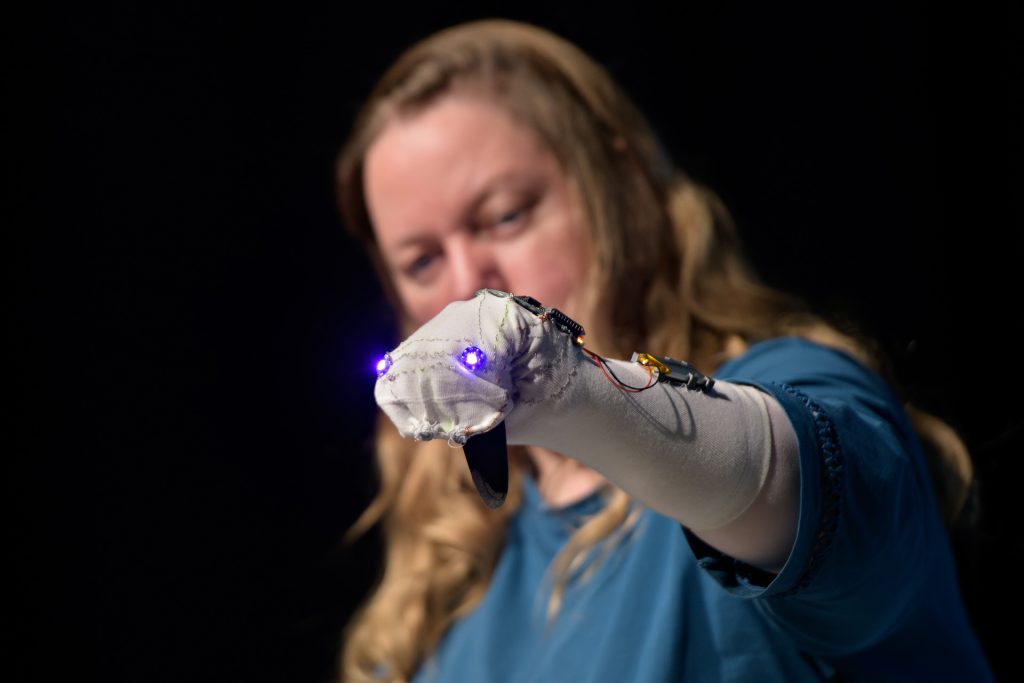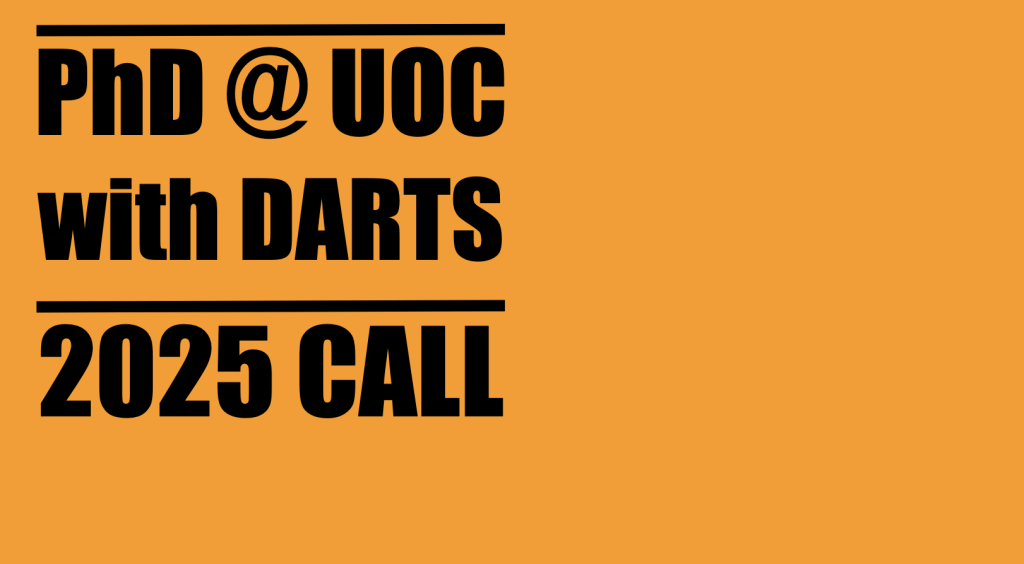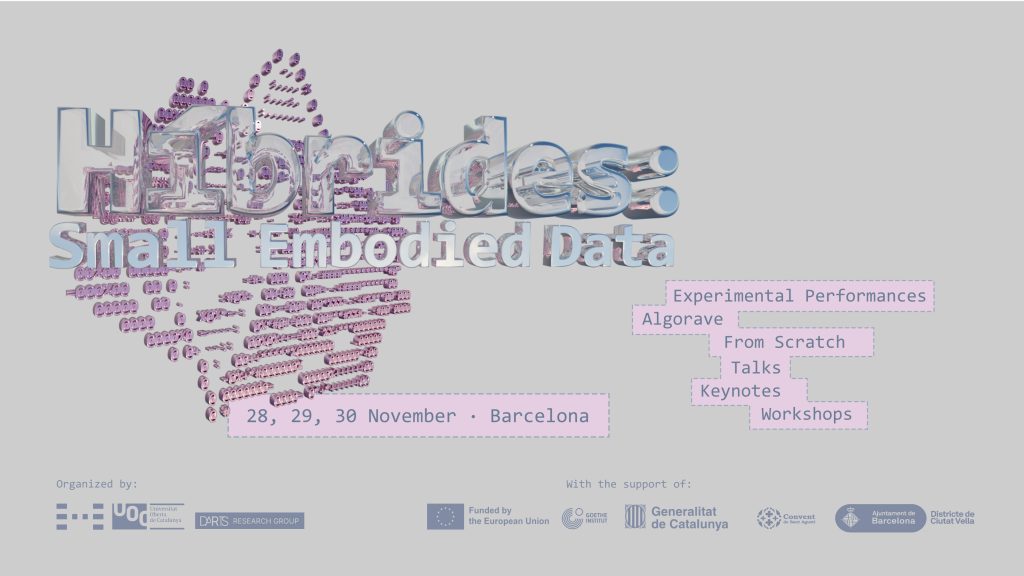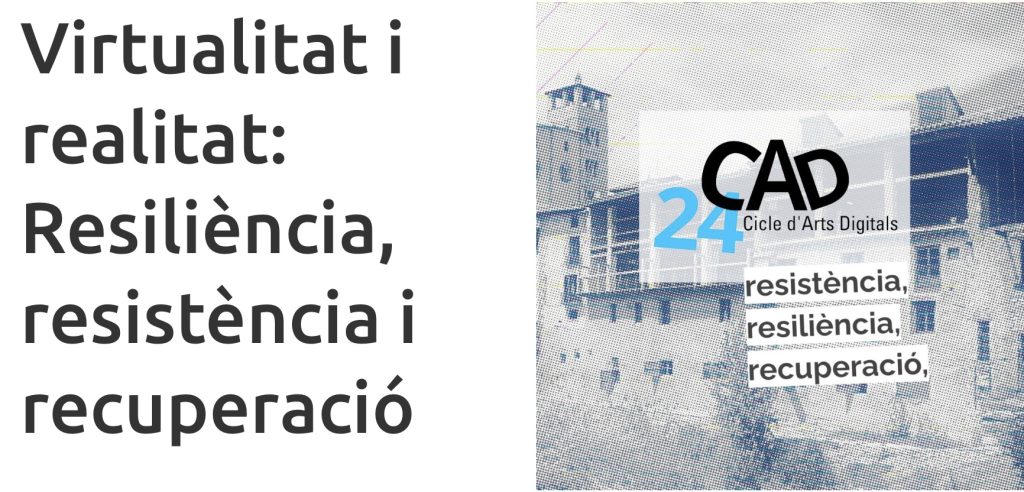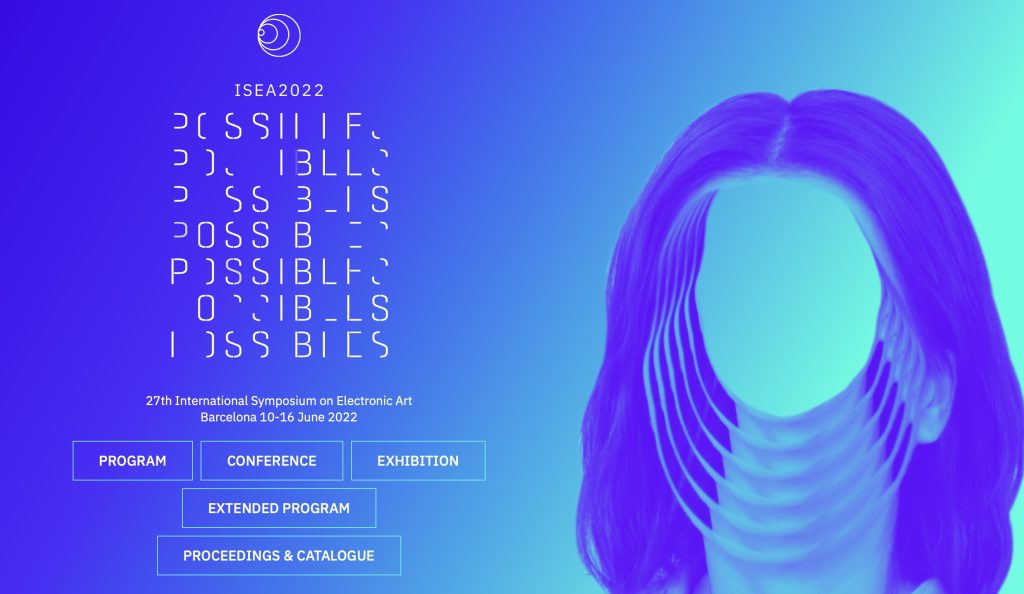Composing an Interaction: lecture-performance by Marije Baalman
On June 17, artist and researcher Marije Baalman will present a performative talk demonstrating how to transform everyday objects into interactive systems through a process that is both creative and […]

